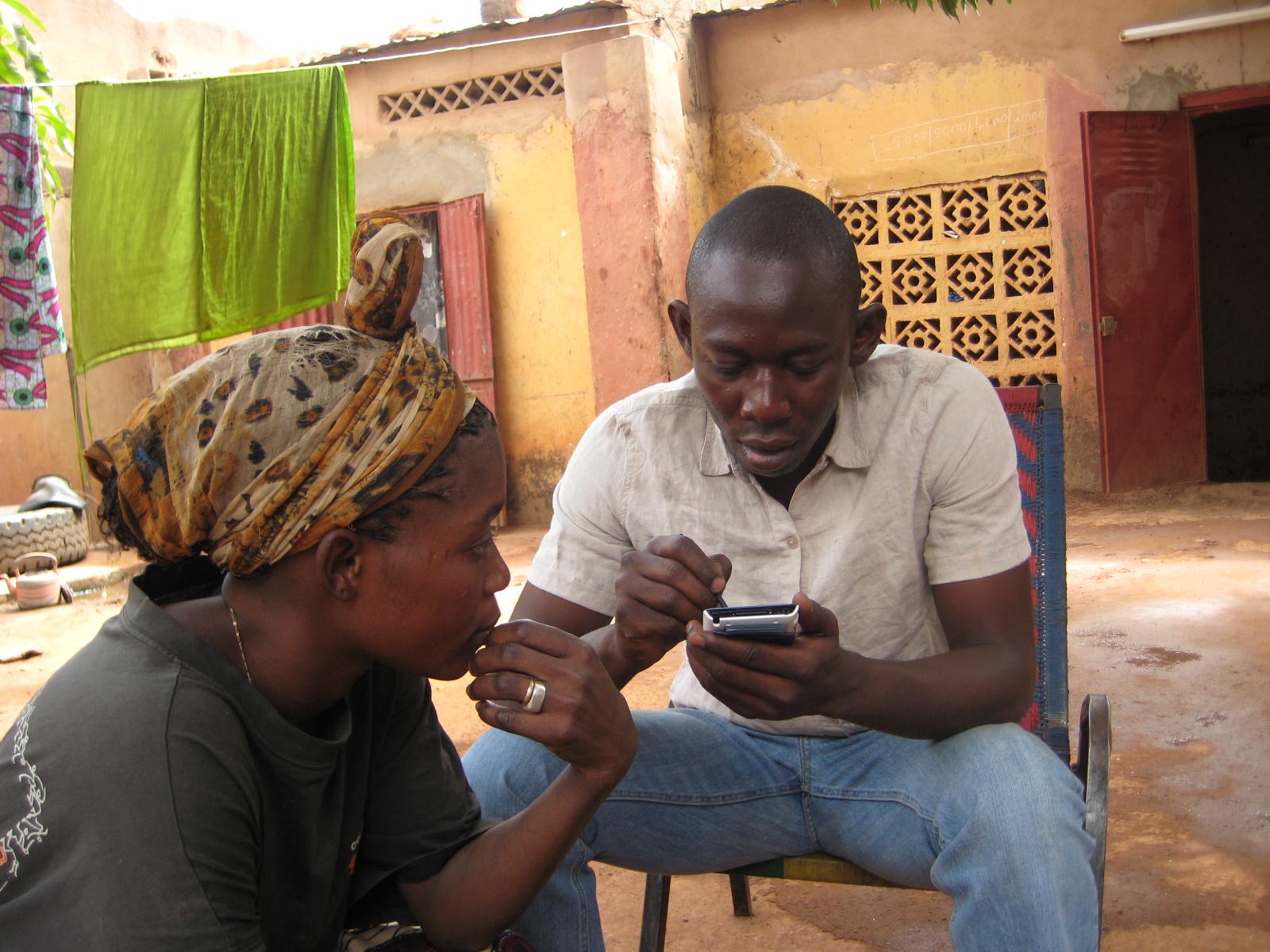Difference between revisions of "Technology Checklist"
From Akvopedia
(Published from sandbox) |
|||
| Line 1: | Line 1: | ||
__NOTOC__ <small-title /> | __NOTOC__ <small-title /> | ||
| − | [[Image:tech checklist.jpg|thumb|right|200px|Photo: | + | [[Image:tech checklist.jpg|thumb|right|200px|Photo: unknown]] |
===A checklist to determine the sustainability of a technology in a project=== | ===A checklist to determine the sustainability of a technology in a project=== | ||
In the past, many technologies introduced in developing countries failed. Major reasons for failure were the prohibitive cost and level of complexity of the technologies, and/or a lack of ownership. | In the past, many technologies introduced in developing countries failed. Major reasons for failure were the prohibitive cost and level of complexity of the technologies, and/or a lack of ownership. | ||
Latest revision as of 00:48, 13 June 2015
A checklist to determine the sustainability of a technology in a project
In the past, many technologies introduced in developing countries failed. Major reasons for failure were the prohibitive cost and level of complexity of the technologies, and/or a lack of ownership. The questions listed below can help determine the sustainability of a technology regarding the technical, social, financial and logistical aspects. [edit]
Technical repairability
- Can the technology be repaired easily by the user if it breaks down? If not, is there an infrastructure that can do that at an affordable cost?
- Can users maintain the technology? If not, is there an infrastructure that can do that at an affordable cost?
- Does the introduction include training on operation and maintenance?
- Can the technology be reproduced by the local private sector with local materials and skills?
- Is the frequency of maintenance and repairs acceptable to the user?
- Does the technology have the potential for replication and upscaling?
- Does the project include monitoring of proper functioning, useage and consumer satisfaction?
[edit]
Financial affordability
- Can the target group afford to buy it, can they afford the cost of use, maintenance, and repairs?
Cost-benefit
- Does the technology save on expenditures? Does it generate income? Does it save time?
- Do people pay the real cost, or is the product subsidized? If it is subsidized, will the subsidy go on after the project stops?
- Is there profit based sustainability? Meaning, do the actors involved in production, transport, and sales, all make a profit so activities will go on after the project stops?
Market potential
- What is the expected market for the product?
- Has a market study been performed?
- Is the expected market sufficient to start a supply chain?
Social user acceptance
- Is the product to be introduced "better" than existing options? Meaning, is it cheaper, simpler, more effective, more attractive?
- Who will own and manage the technology? Individuals (men/women), committees, schools, institutes, organisations, NGO’s, government?
- Does the product give status, or other social benefits to the owner?
Gender
- Are women involved in decisions?
- Do men and women benefit equally from the technology?
Logistical
- Can the product and spares be purchased easily and nearby? If not, can users still manage the acquisition of the product or spare parts?
- Is a supply chain for the product and the spare parts in place prior to the introduction of the technology? If not, will it be created during or after the project?

